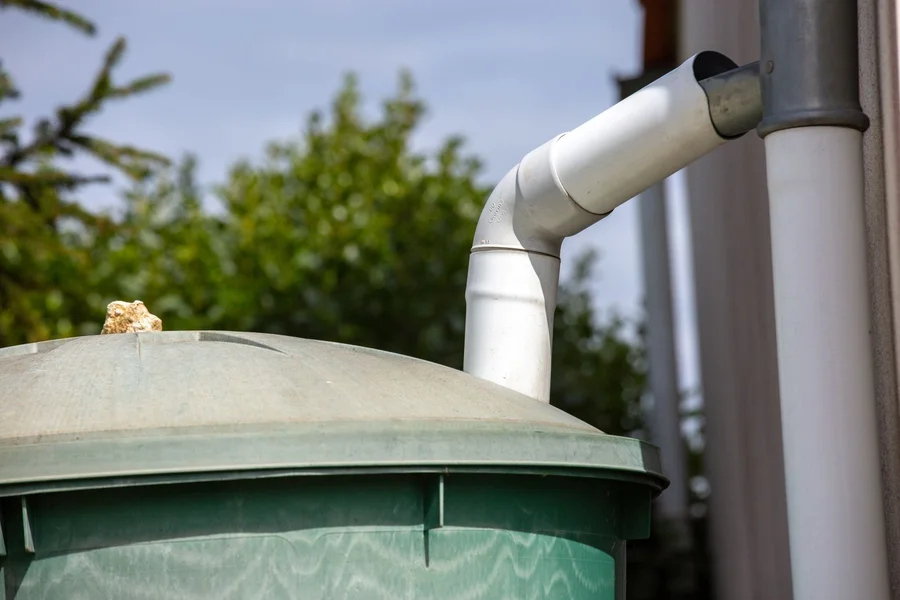Table of Contents
Rainwater harvesting for household use
While rainwater harvesting has been in use as early as Roman times – before the cistern was replaced by the aqueduct – it has been growing in popularity in recent years due to a combination of unpredictable weather, environmental mindedness, and a desire to escape water restrictions placed on scheme water or mains water systems.
Despite this growing popularity, there isn’t too much discussion around the installation of these tanks, perhaps because they are a once or twice in a lifetime purchase if installed correctly because they’re not particularly glamorous, or because of a lower uptake in suburban communities.
Today we’re going to have a look at the humble rainwater tank, and have a look at why they can be a welcome addition to your home, whether you’re living on acres of land or have a small amount of space in your backyard you’re considering using for water storage.
Clean water straight from the sky
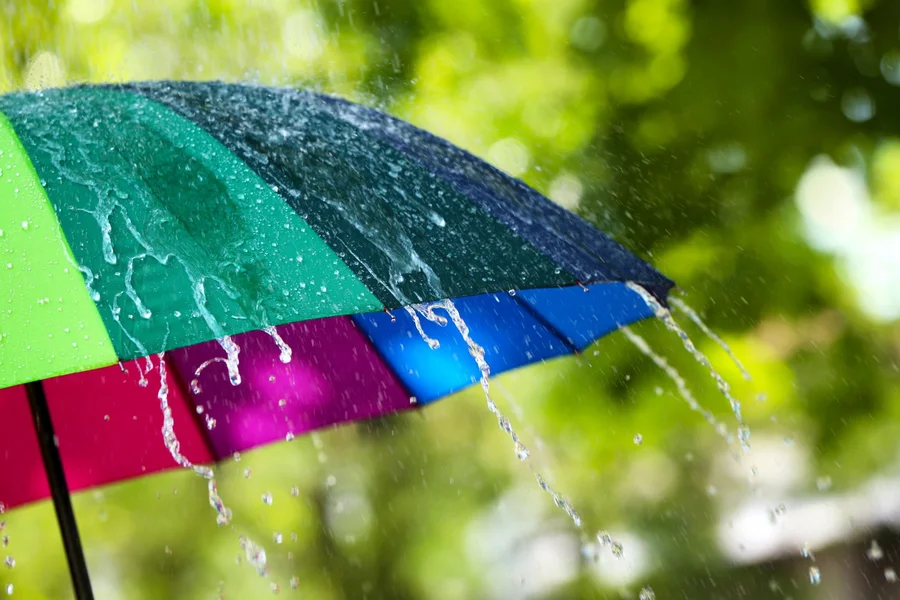
Collecting rainwater has never been easier.
The beauty of a rainwater collection system is that you are in complete control, as the only factors are your roof catchment area, the amount of rainfall you receive annually, and the size of your rainwater tank.
There is a simple equation to calculate how much rain water harvesting you will be able to do, and all you need is your roof area in m2, and your annual rainfall in mm.
Annual Rainfall (mm) x Rainwater Catchment Area (m2)
=
Total Annual Water Harvesting Potential
Once you have figured out how much water you can catch, it’s just a matter of working out your household’s water usage and finding a happy medium between those two numbers.
However, if you have limited space, or are simply looking to water your gardens with your harvested rainwater, then you will be more likely to consider a smaller rainwater tank or a rain barrel.
Frees you from mains water
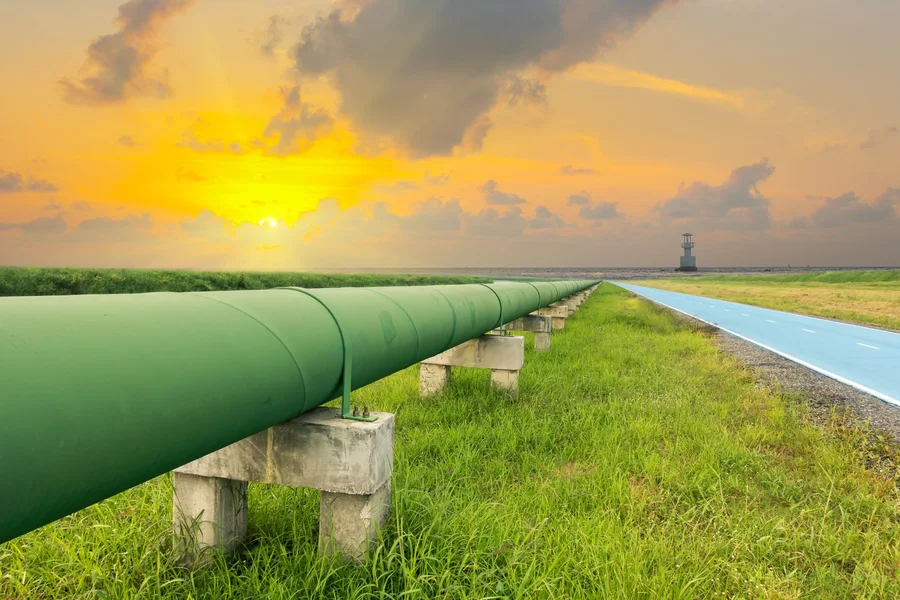
One reason many people look at installing a rainwater harvesting system is in order to reduce their water bills by reducing their reliance on municipal water supply. While the price of a rainwater harvesting system may seem like a much larger upfront cost, with most water tanks having a design life of upward of 20 years, this will typically be well and truly covered in that time. Especially if you consider that water bills have the potential to increase, whereas your rainwater harvesting system is a one-off payment.
For some people, most notably those in rural areas, mains water isn’t an option as they are either located too far from the nearest water supply, or lack the infrastructure to run water to their house.
For a long time, there have been people in these rural areas relying on a rainwater harvesting system to provide their home with water, where others have relied on ground water, pumped by windmills or diesel (and more recently solar) pumps.
Many of those who were once relying on ground water have had to rainwater collection, as they were having to pay to fill their storage more and more often as underground aquifers were running dry. Those with large sheds and barns will have the added benefit of a larger catchment area for their rainwater harvesting system.
Water restrictions no longer apply
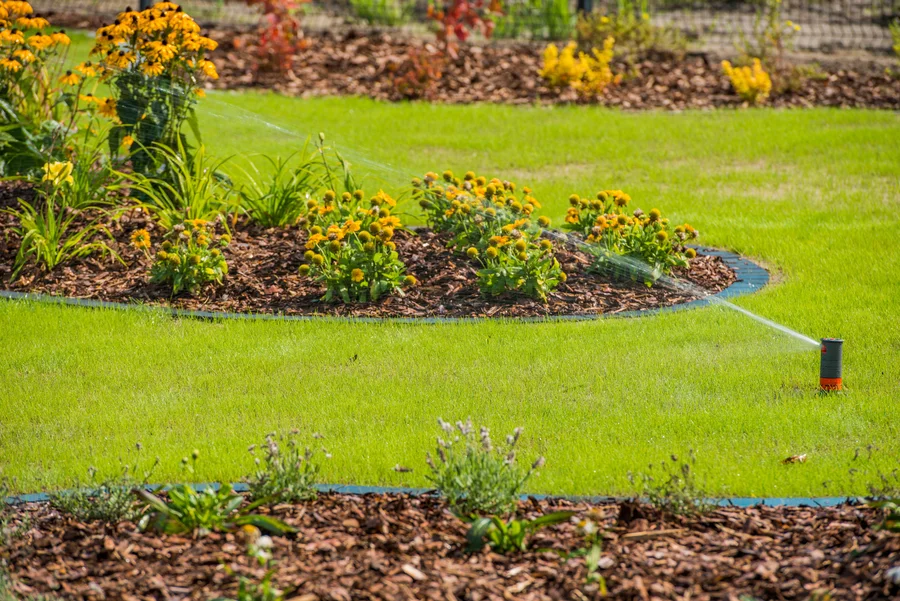
In order to combat drought and water scarcity, water restrictions are becoming more common around the world, already commonplace in the very dry Australia and more surprisingly in New Zealand when a water shortage was experienced. Even California recently considered implementing restrictions to combat water scarcity.
In some situations, these water conservation tactics apply to all water use around the home, where some only apply to irrigation of gardens and lawns, with the implementation of watering days for those under these regulations.
Utilising a storage tank in order to harvest your own rainwater puts out in charge of your water supply, and results in your ability to water your gardens on any day or do that extra load of laundry without worrying about tipping your water usage over your set amount.
Domestic rainwater harvesting might simply make you feel better about using your collected rainwater for irrigation of garden and lawns, especially if you are aware of current shortages.
Better for the environment
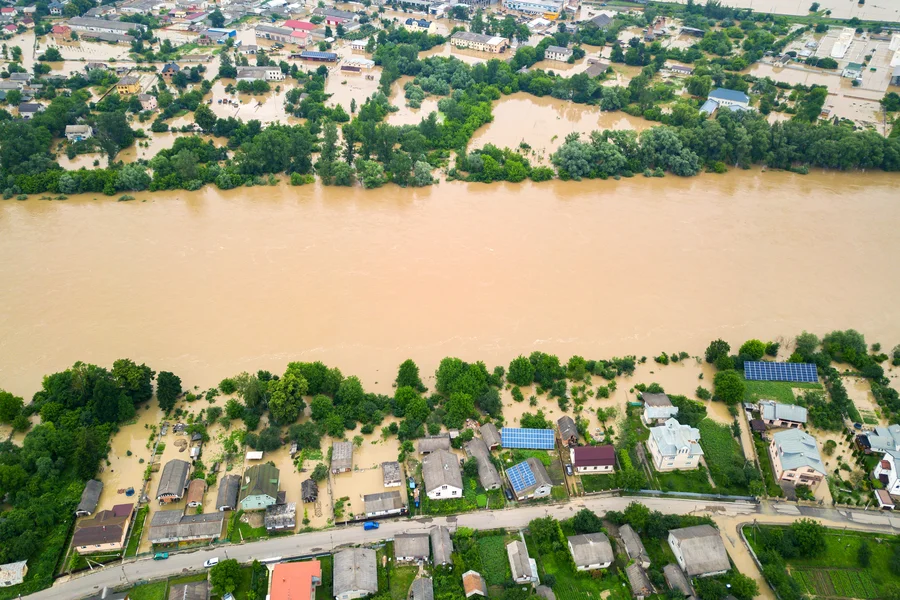
Another benefit of harvesting rainwater for your own home is that it is better for the environment in a number of ways.
The obvious first benefit is that any harvested water from rain on your property doesn’t come from the local water supply, draining resources and putting stress on lakes and dams.
However, a less considered benefit is the damage that rain can do to the environment, due to the modern installation of roads, footpaths and buildings.
Where, historically rain would soak into the dirt, making its way into aquifers, roads and other modern amenities make it impossible to do so, causing surface water to build up, resulting in large amounts of stormwater runoff.
This stormwater runoff can result in issues such as soil erosion, the pollution of local waterways, and flooding that results in damage to homes, buildings and other property.
Installing a rainwater harvesting system can help reduce some of this load on water drainage systems by preventing so much rain from entering the environment.
If two inches of rain fell on an area of 200 homes in the space of 24 hours, simply equipping each of these 200 homes with a rain harvesting system would prevent half a million gallons of that rain from entering stormwater systems and becoming potentially dangerous runoff.
Tastes better
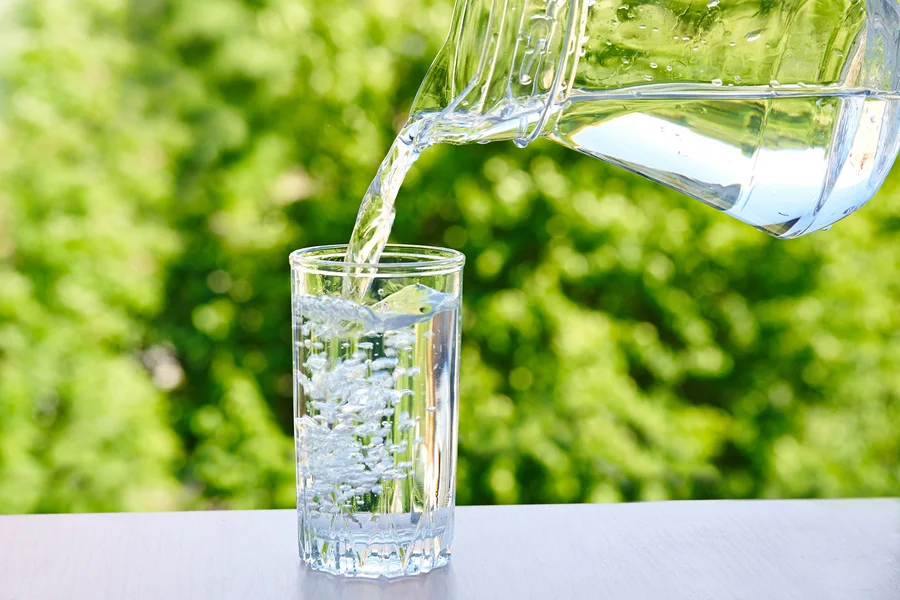
Many people, particularly those who harvest rainwater for drinking or potable water purposes, believe that rainwater tastes far superior to mains water.
This is usually because rain has a much softer taste than that of the desalinated and treated water that enters the house through mains pipes, without the additives of chlorine or fluoride.
Provided that you live in an area that is free from heavy pollution, and your rainwater collection systems and anything else you are using for harvesting rainwater are kept clean, your untreated rainwater should be perfectly safe to use as drinking water.
Some believe that stored rainwater possesses greater health benefits to that of regular water, however, this is a hotly contested fact, and there is no conclusive evidence that rainwater harvesting systems are any better for you than regular water – with the exception, of course, being communities like Flint, where rainwater harvesting is being considered as a way to improve the water crisis.
Concluding thoughts
If you are looking to have some more freedom in regards to irrigation in your garden, even in times without rain, if you consider rainwater harvesting to be more environmentally conscious, if you’re looking to harvesting rainwater as your ticket to freedom from water bills, or if you just like the idea of being more sustainable; then a rainwater harvesting system might just be the next thing on your home improvement list.
So get out a notebook, and start marking down your roof size to calculate how much rain you will be able to catch, check the annual rain figures for your local area, and start calculating how much water your house uses each year, and kick that rainwater harvesting plan into gear.
Read Also: 8 Home Improvement Tips to Improve Your Humble Abode

